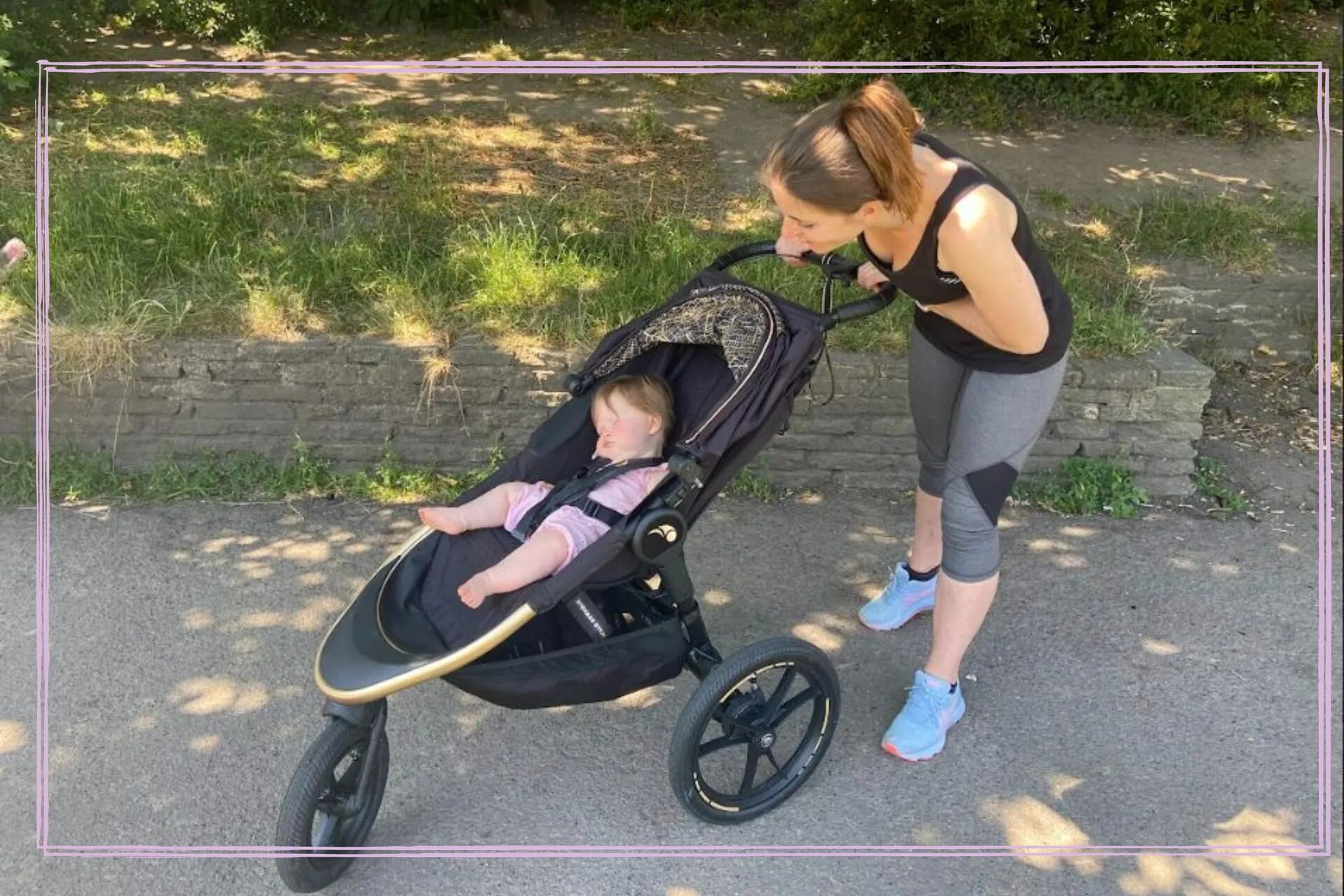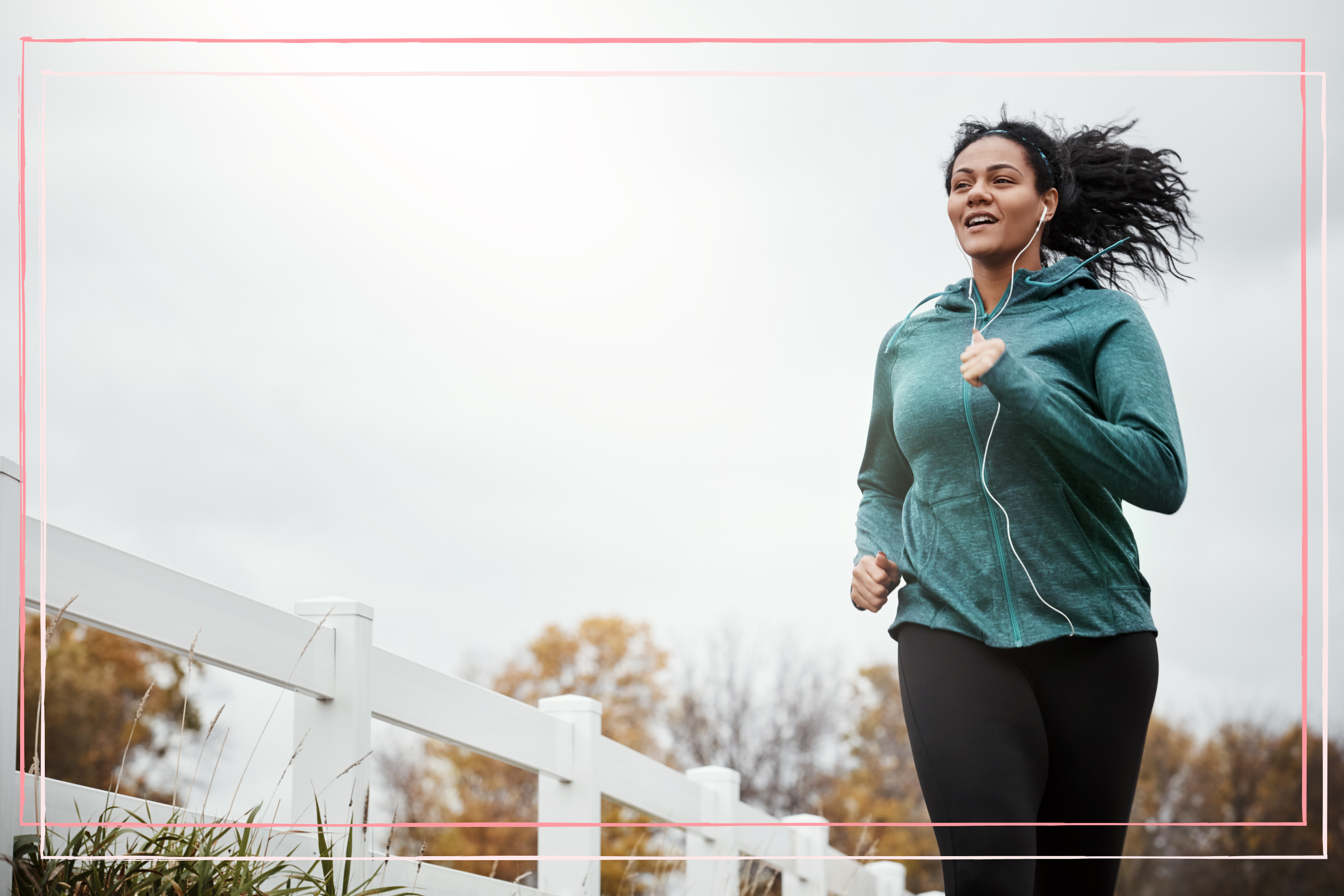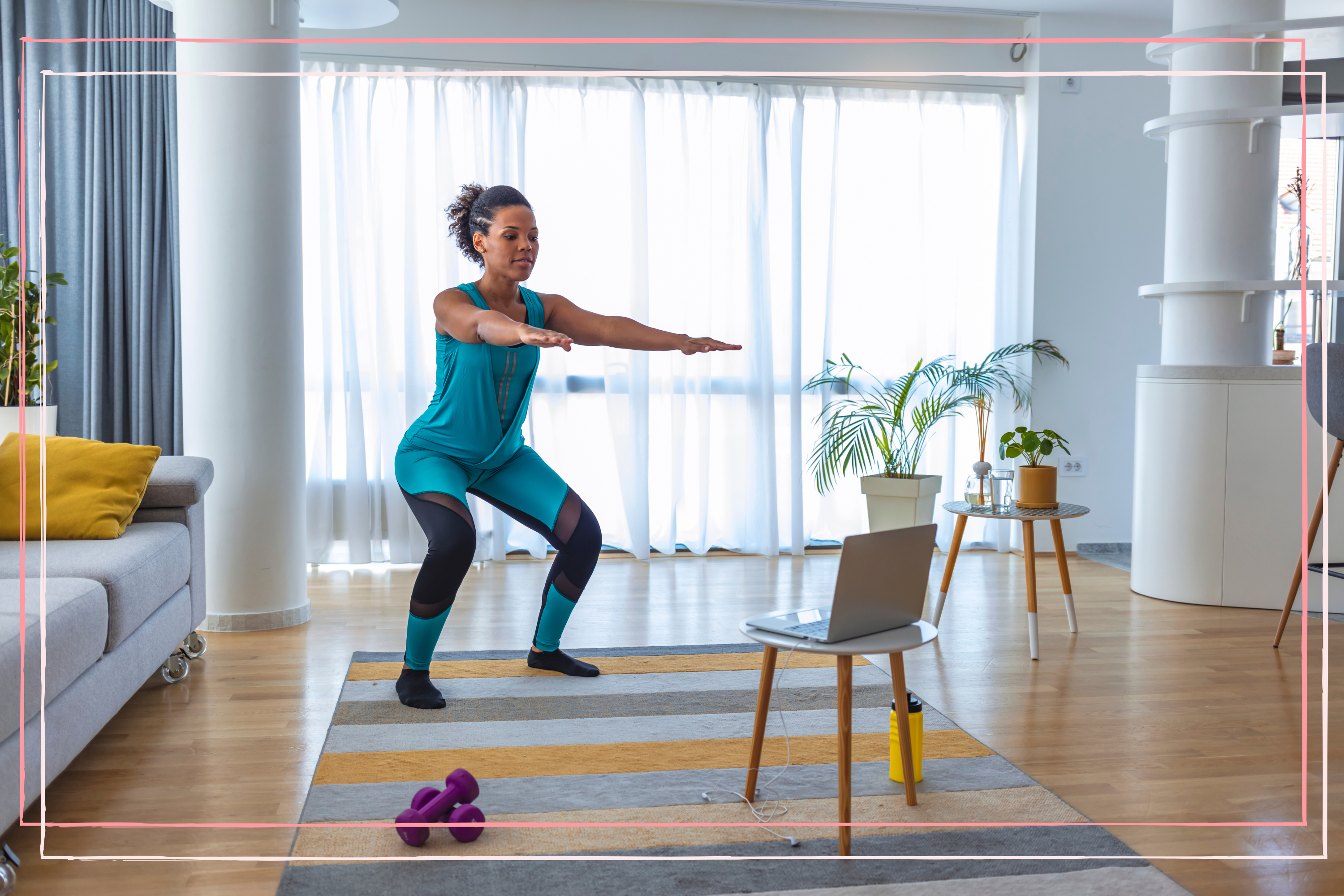Postnatal exercise: 5 ways to exercise after having a baby
There’s a lot to consider when returning to exercise after having a baby, so we called in the experts for their advice


Postnatal exercise is an empowering step for new mums who are looking to boost their physical and mental health, as well as some time for themselves while caring for their baby.
Caring for a newborn is testing and tiring for mums, and when you’re ready to start doing some physical activity, such as running with a pram or beside your baby beside you while you do some pelvic floor exercises can be a great way to boost your fitness and get some much-needed headspace. Resting, recovering and repairing is key during the postpartum period, so it’s important not to rush into exercise.
Typical NHS protocol, according to its exercising after having a baby guidelines, involves providing a postnatal check between six and eight weeks post-birth, and during the examination, your doctor will assess your blood pressure, check the healing process and address any other relevant aspects. Prenatal and postnatal fitness expert Hollie Grant tells us: “This is an appointment for mother and baby, however it does tend to focus on the baby's health and often the mother isn’t checked. If you have had a vaginal birth, it’s worth having any stitches checked over, and ask to be checked for diastasis recti. If you have had a caesarean, give yourself a little longer to recover and ask for your scar to be given the all clear.”
In this article, we’ve consulted with the experts to provide essential guidelines, explore the numerous benefits and answer questions such as when it’s safe to start running after giving birth.
What are the benefits of postnatal exercise?
Postnatal exercise can feel like the last thing you want to do when you’re a busy mum, but it can be hugely beneficial. "Postnatal exercise should be low impact and build up slowly while the body recovers from pregnancy and birth," says postnatal exercise specialist Grace Lillywhite.
- Increases your fitness: Postnatal exercise can enhance fitness by promoting cardiovascular health. Try to build activity into your day by taking the stairs instead of the lift and getting outside to walk, where possible.
- Reduces the risk of postpartum depression: According to the NHS, one in 10 become depressed in the year after having a baby, so doing some gentle exercise – even if it's a walk around the block with the buggy – can boost your mood.
- Improves pelvic floor function: The muscles in your pelvic floor and abdominals may have lengthened and separated during pregnancy, so exercises that gradually rehabilitate those areas are beneficial. "Just carrying the weight of the baby puts a level of strain on them and then birth – whether vaginal or abdominal – will also impact how they function. In the very early days, rest is really important so that you don’t over strain the pelvic floor muscles while they are recovering but low impact movement is one of the best things you can do for your pelvic floor," explains Grace.
- Relieves tension: Your muscles can tighten in your back and shoulders, so check with your women's health physio for a proper assessment, as back pain, in particular, can be radiating out from scarring (episiotomy, vaginal or c-section). Grace tells us: "Being a parent is a hard physical job and hopefully your baby will be growing every day. Unfortunately, this isn't so great for your body and new parents can end up with a lot of tension in the neck, shoulders, lower back and more. Mobility work will help to relieve this tension in order for you to build strength, and you can’t strengthen muscles that are over-tight."
Best postnatal exercises
The best postnatal exercises tend to be gentle and low-impact while you’re recovering from birth. Our advice is to start with very low impact core and pelvic floor work before anything else. Hollie suggests these five moves for the postpartum period.
Bend and extend
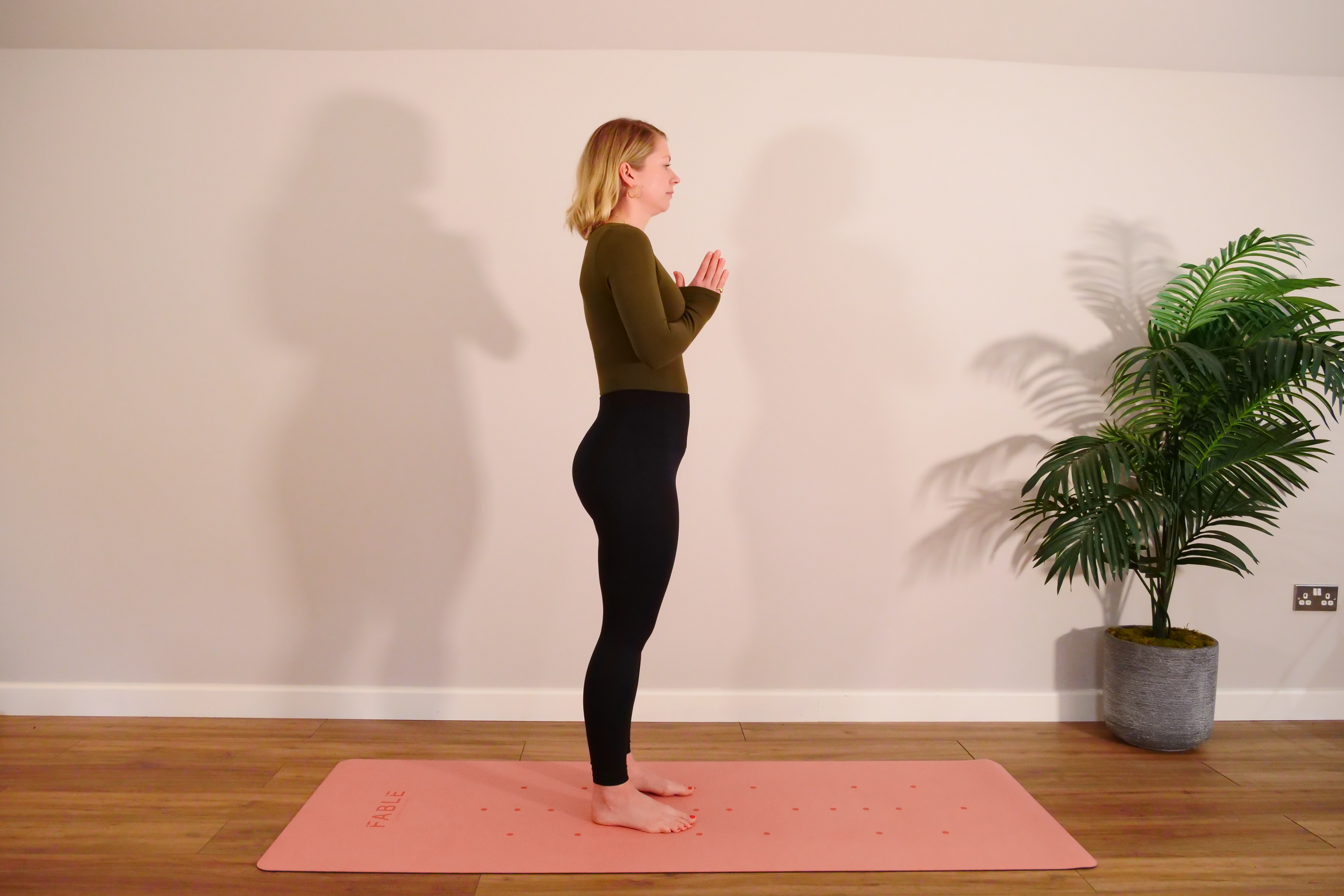
Pre and postnatal exercise expert Hollie Grant demonstrating bend and extend
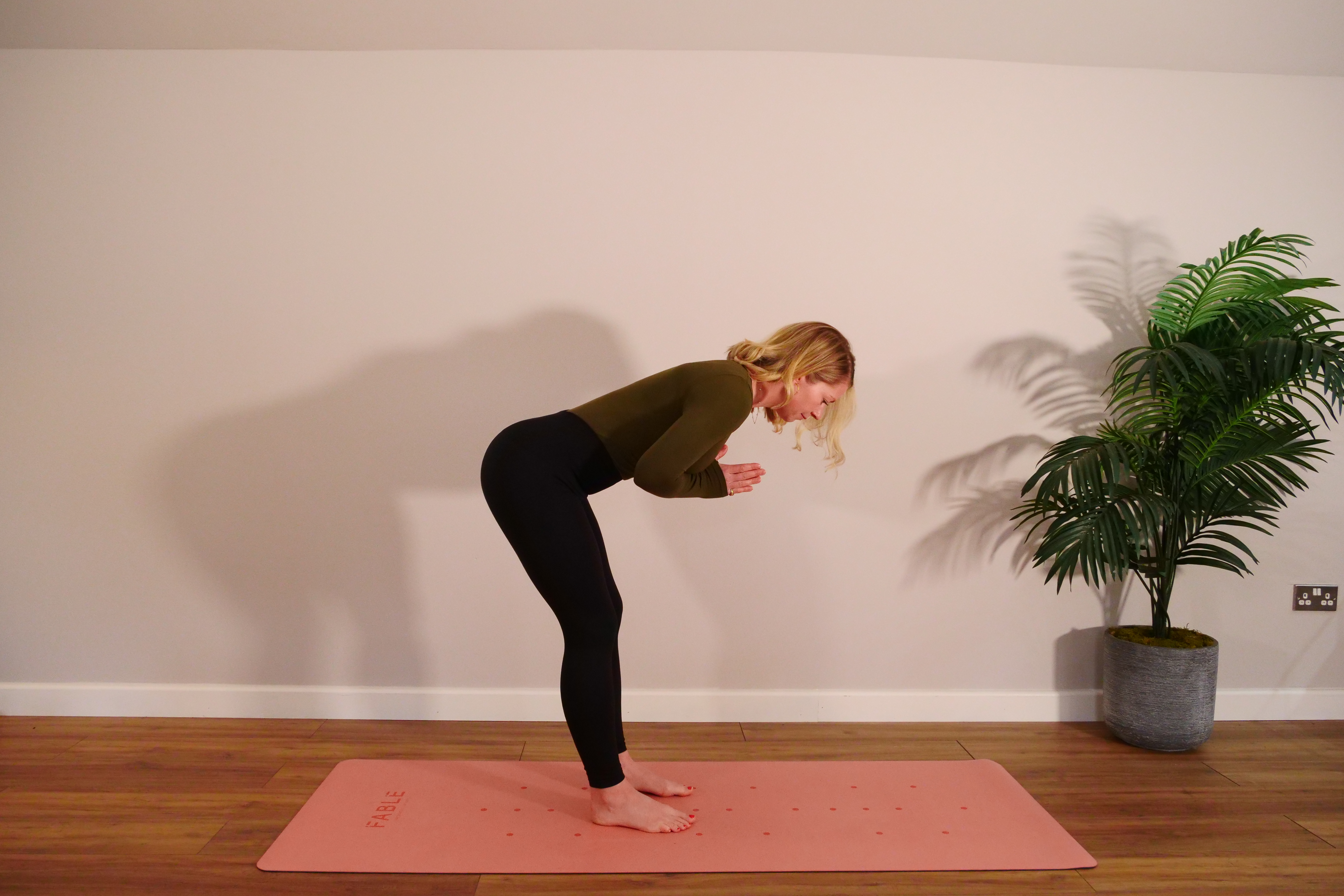
Pre and postnatal exercise expert Hollie Grant demonstrating bend and extend
This move is great for strengthening your posterior chain (back, glutes and hamstrings), says Hollie. Do 12 to 14 reps – with good technique – for two sets.
Parenting advice, hot topics, best buys and family finance tips delivered straight to your inbox.
- Stand with your feet hip-width apart, knees soft, pelvis neutral, spine neutral and hands in prayer position.
- On the inhale, hinge at the hips, bowing forward as low as is comfortable (no lower than hip height). Keep the knees soft and the spine neutral as you do so.
- As you exhale, press the heels into the ground, and using your glutes and hamstrings slowly come back to start position.
Cactus
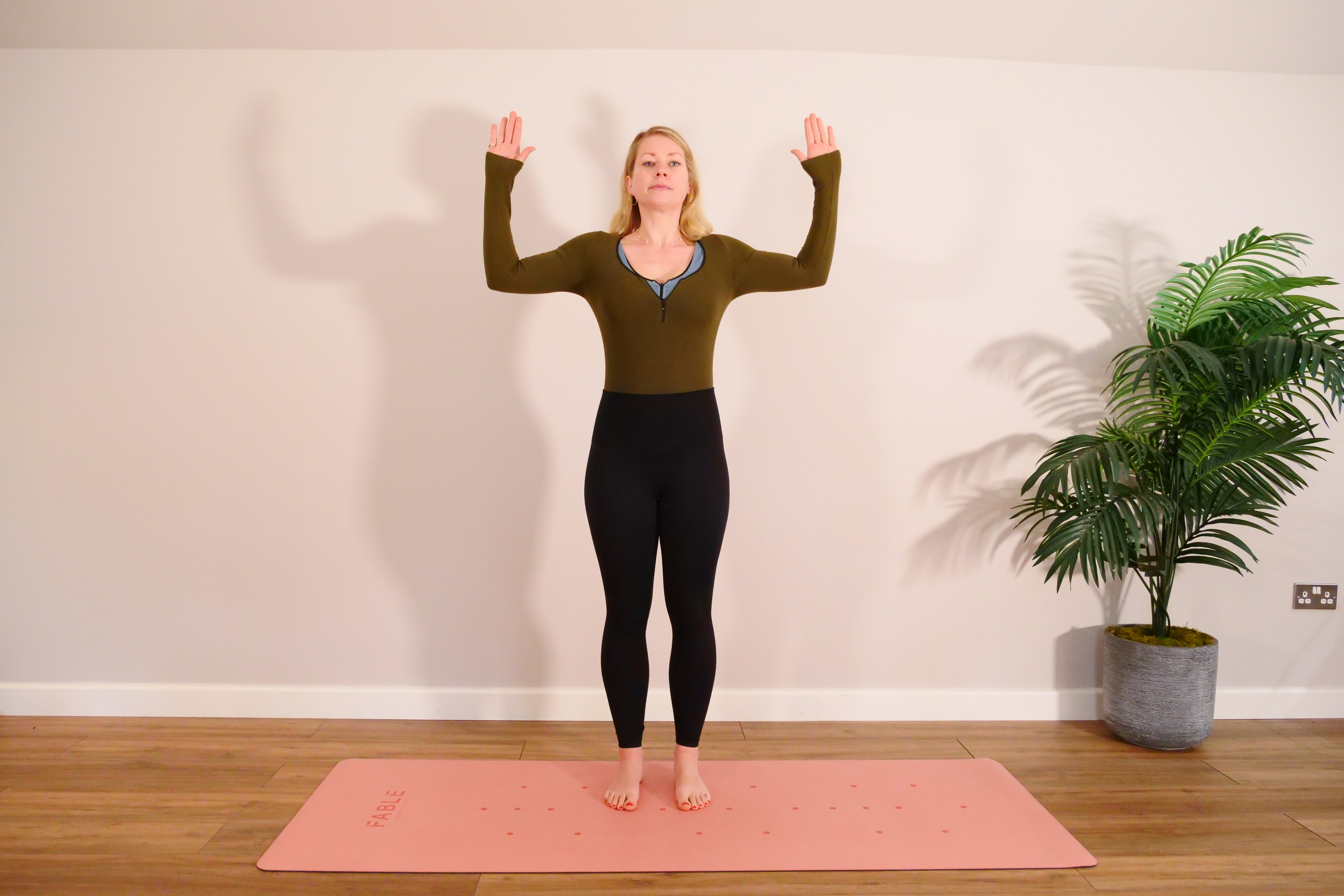
Pre and postnatal exercise expert Hollie Grant demonstrating cactus
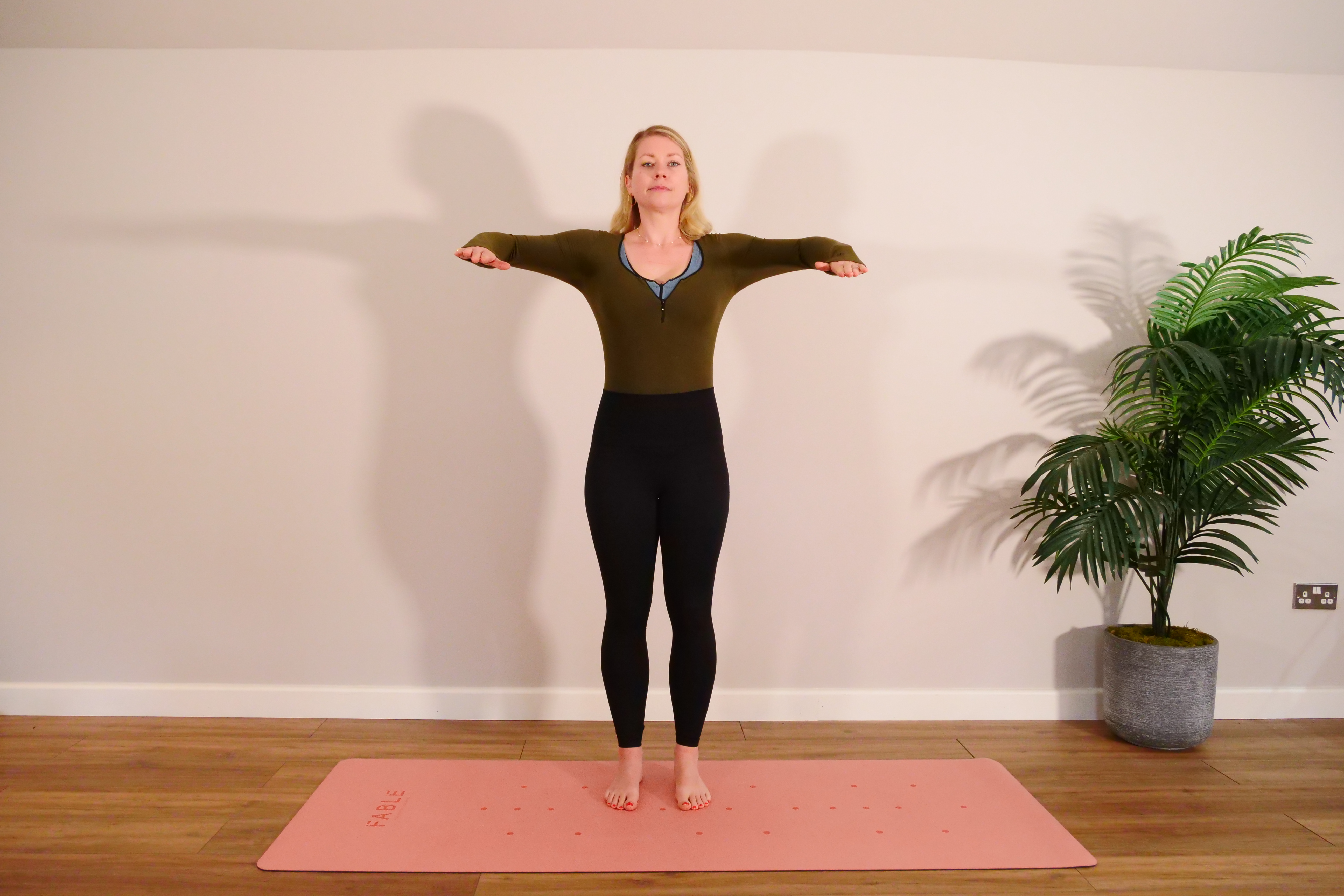
Pre and postnatal exercise expert Hollie Grant demonstrating cactus
This move targets your rotator cuff (a group of muscles and tendons that surround the shoulder joint) and spine extensors (that allow us to bend and lift). Do 12 to 14 reps on each side for two sets.
- Stand with your feet hip-width apart, knees soft, pelvis neutral, spine neutral and arms raised up to shoulder height, elbows bent to 90 degrees, palms facing forwards like you’re waving.
- Inhale and rotate the arms so the forearm is parallel to the floor and the palms face down.
- Exhale to rotate the arms back to their start position.
Side bent leg
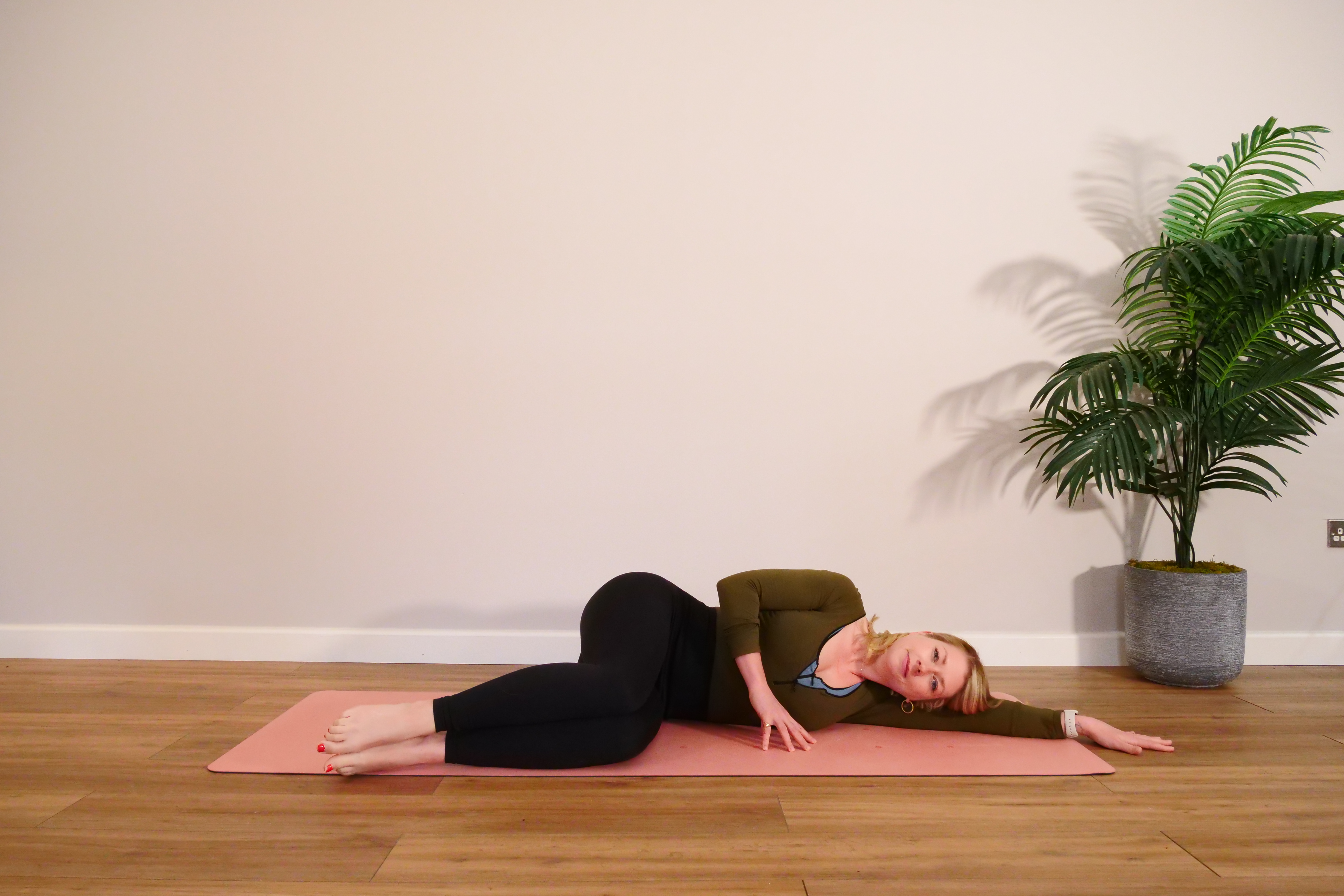
Pre and postnatal exercise expert Hollie Grant demonstrating side bent leg
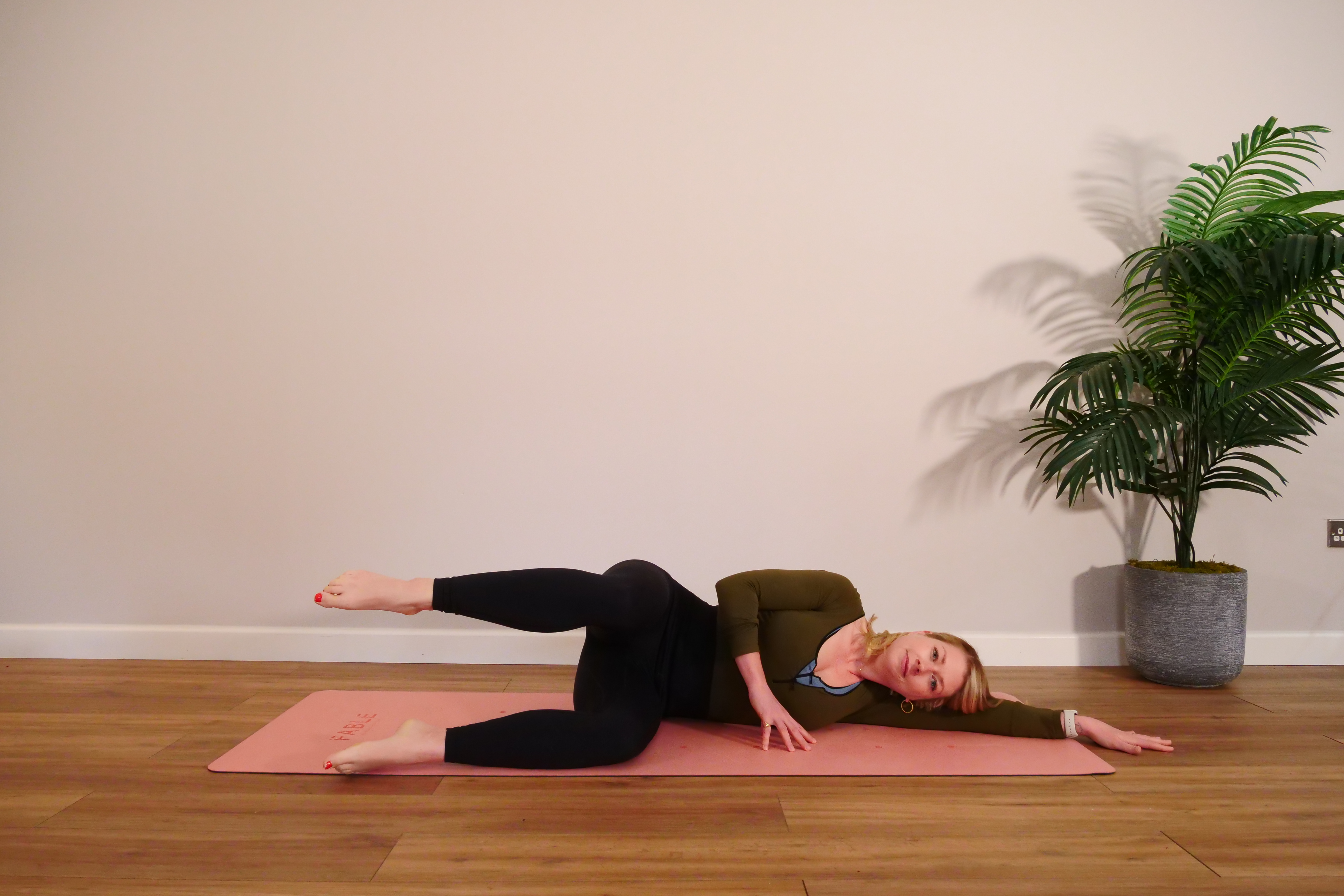
Pre and postnatal exercise expert Hollie Grant demonstrating side bent leg
The side bent leg move targets your hip abductors (located on the outside of your hips) and pelvic stabilisers. Do 14 to 16 reps on each leg.
- Start lying on your left-hand side, knees and hips bent to 90 degrees (tabletop position), spine neutral and head supported.
- As you exhale, keeping the right knee and hip at 90 degrees, lift the right leg up to hip height. Your shin should be parallel to the ground.
- Inhale slowly to lower your leg back to the start position with control.
Superman
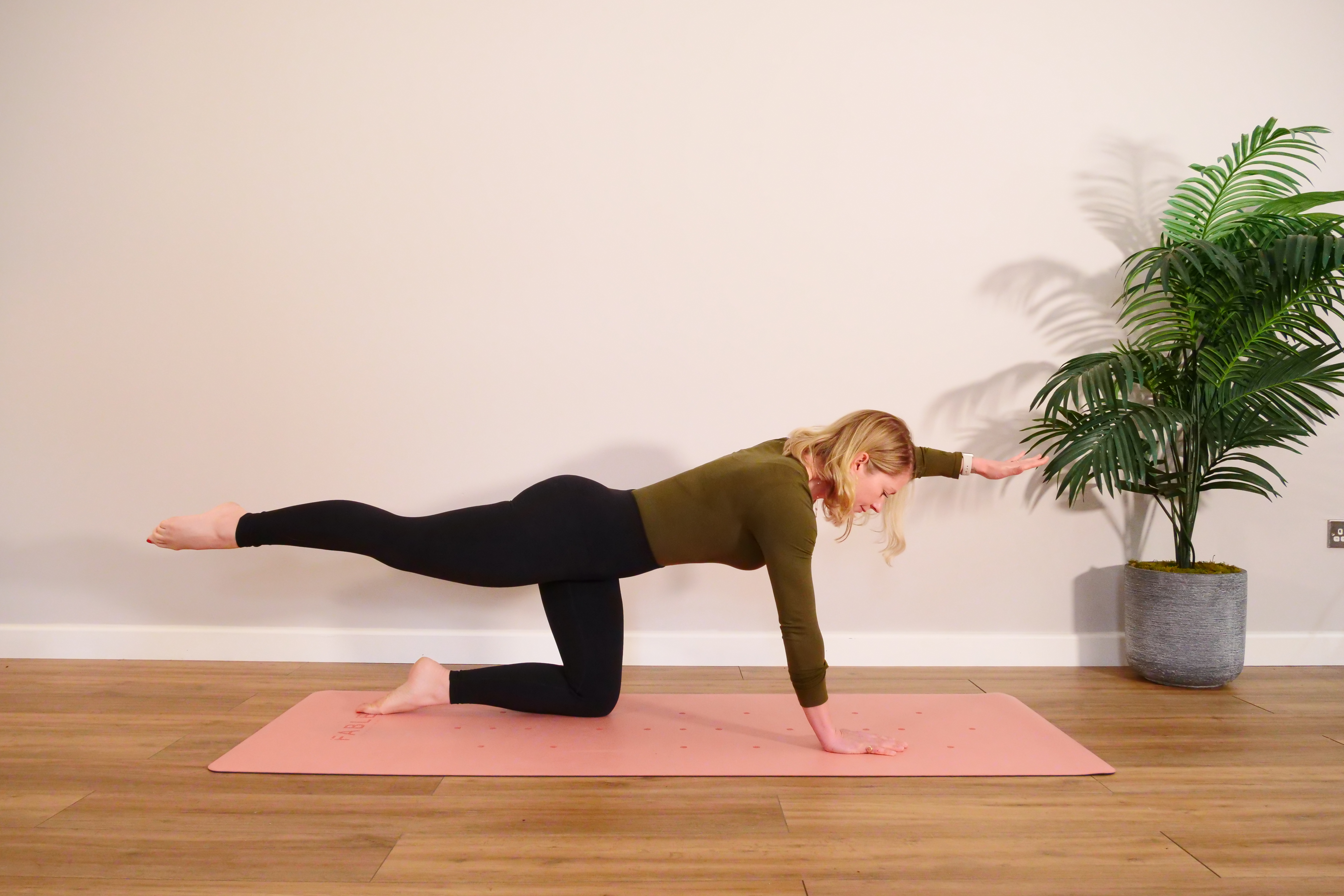
Pre and postnatal exercise expert Hollie Grant demonstrating superman
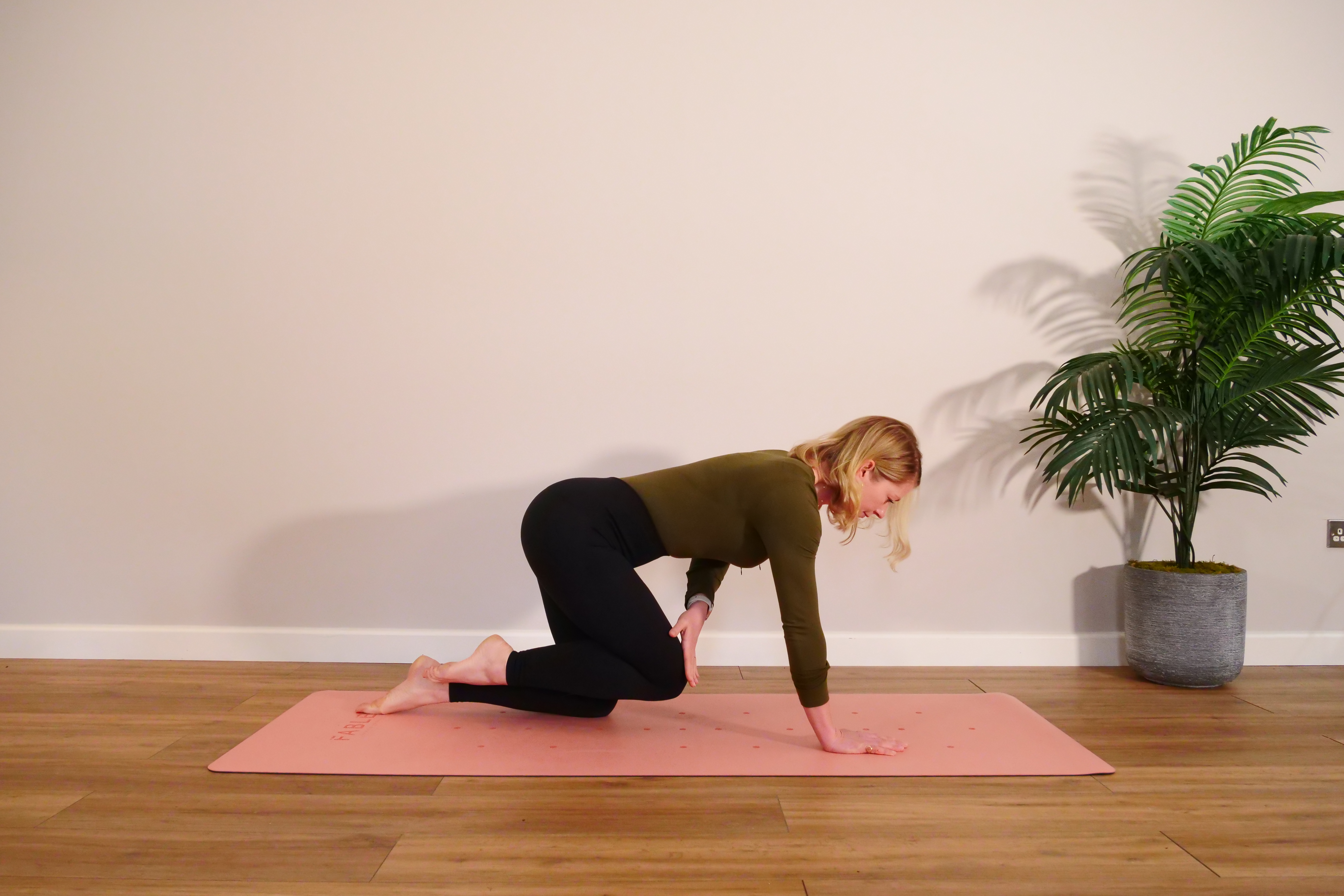
Pre and postnatal exercise expert Hollie Grant demonstrating superman
The superman move targets your posterior chain, which includes your back, glutes and rear deltoids. Do 12 to 14 reps each side for one set.
- Start on hands and knees, spine neutral, pelvic floor engaged.
- Imagining you have a glass of water on your back that you don’t want to spill, exhale to reach your left arm forwards up to shoulder height, and extend your right leg backwards to hip height.
- As you inhale, bring the left hand and right knee to touch under your tummy – remembering that imaginary glass of water.
Zips
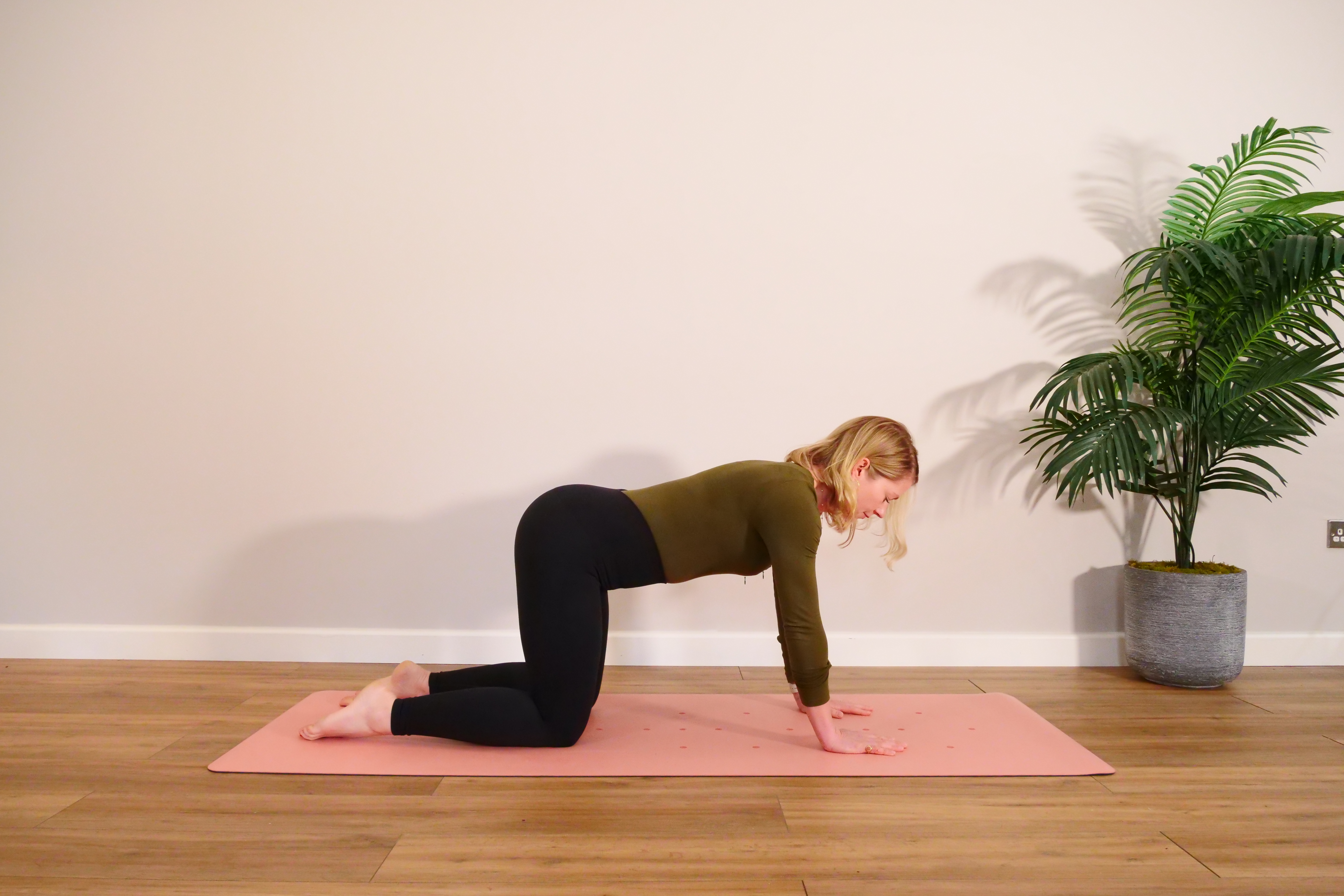
Pre and postnatal exercise expert Hollie Grant demonstrating zips
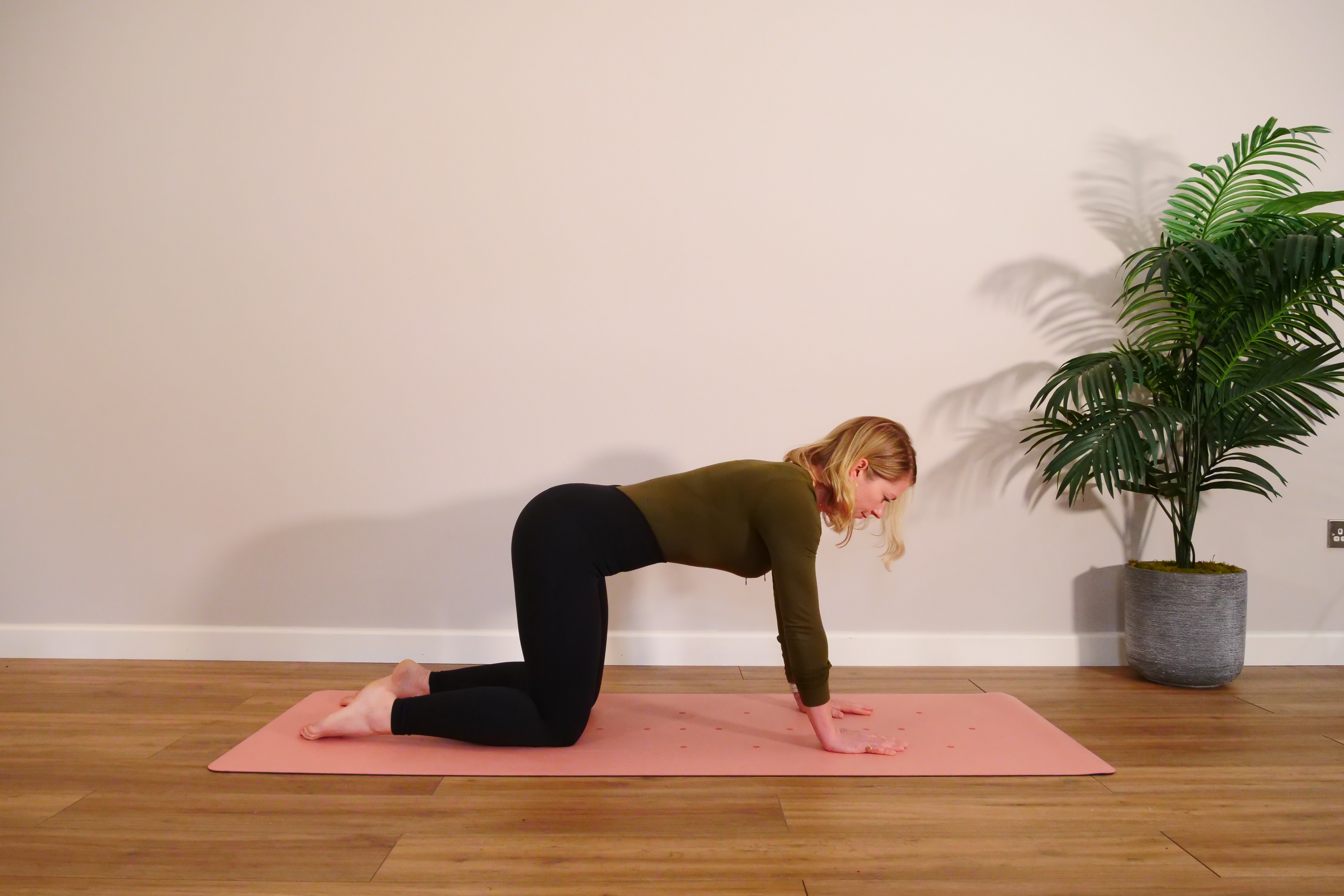
Pre and postnatal exercise expert Hollie Grant demonstrating zips
Zips target the core, mainly your pelvic floor and transverse abdominis (abdomen). Do 12 to 14 reps for three sets.
- Start on all fours with a spine neutral, and abdominals and pelvic floor relaxed.
- Imagining there's a zip running from your tailbone between your legs, up your tummy and ending at your breastbone.
- As you exhale, imagine you're zipping up that zip, first engaging the back passage, then the front, followed by the transverse abdominis. Inhale to unzip in reverse.
How soon after birth can you go running?
It will vary from person to person, but generally, you should be able to return to running after 12 weeks. Again, it’s important to take things slowly if you’re keen to start running after giving birth. It’s a high-impact activity and there are a few things you need to be able to do and a few muscles that need to be strengthened before you start running. “In those early couple of weeks you need to be focusing on pelvic floor exercises, gentle core exercises and walking,” says Hollie.
Once your pelvic floor muscles become stronger, you can start doing more advanced exercises by utilising different positions, holding your contractions for longer or increasing the number of pulses. Then, Hollie suggests adding in some lower impact exercise to build up the intensity of the exercise without the impact, such as squats, lunges and glute bridges.
Before you get to the running stage, there are a few things to check so you know you’re ready. Hollie tells us: “For example, you aren’t showing any signs of pelvic floor or faecal incontinence, [that means] you’re not feeling heaviness in your vagina which could be a prolapse.” If you’re not worried that you have excessive diastasis, you’re able to do your pelvic floor exercises without discomfort and walk for 30 minutes, you may be OK to start running. “I would start small, shorter distances, not so fast. You could even think about running and walking and gradually building up,” Hollie advises. When you feel comfortable and ready, you might also look into running with a pram so you can exercise with your baby on board. It’s important to make sure you have the correct one though – find out what we thought about the Buggy Jogger Summit X3, a stylish running buggy designed to make it easier to enjoy an active lifestyle with little one.
How soon after birth can you do tummy exercises?
Before you start doing tummy exercises, it’s advised that new mothers give their bodies full rest within the first week of giving birth, and two to three weeks if you’ve had a caesarean. Hollie calls this the recovery phrase and recommends doing some breathwork exercises to bring some stimulation back to your core muscles: "Breath work is vital for healing, reducing stress levels and improving pelvic floor function.”
The next step is to start healing your pelvic floor and strengthening the muscles in it. For women who have had a vaginal birth, your pelvic floor passage would have stretched to allow the passage of the baby. Some people experience pelvic floor trauma, such as tearing too. Hollie explains: “Equally, if you’ve had any tearing during birth, pelvic floor exercises bring blood to the area which can help with healing, and if you’ve given birth via caesarean, you’ve still had nine to 10 months of carrying a baby, which is really demanding on the pelvic floor.” Some people will feel ready before six weeks to start doing functional movement exercises but we recommend waiting for the check-up so that you can speak to your doctor.
We spoke to the following experts:
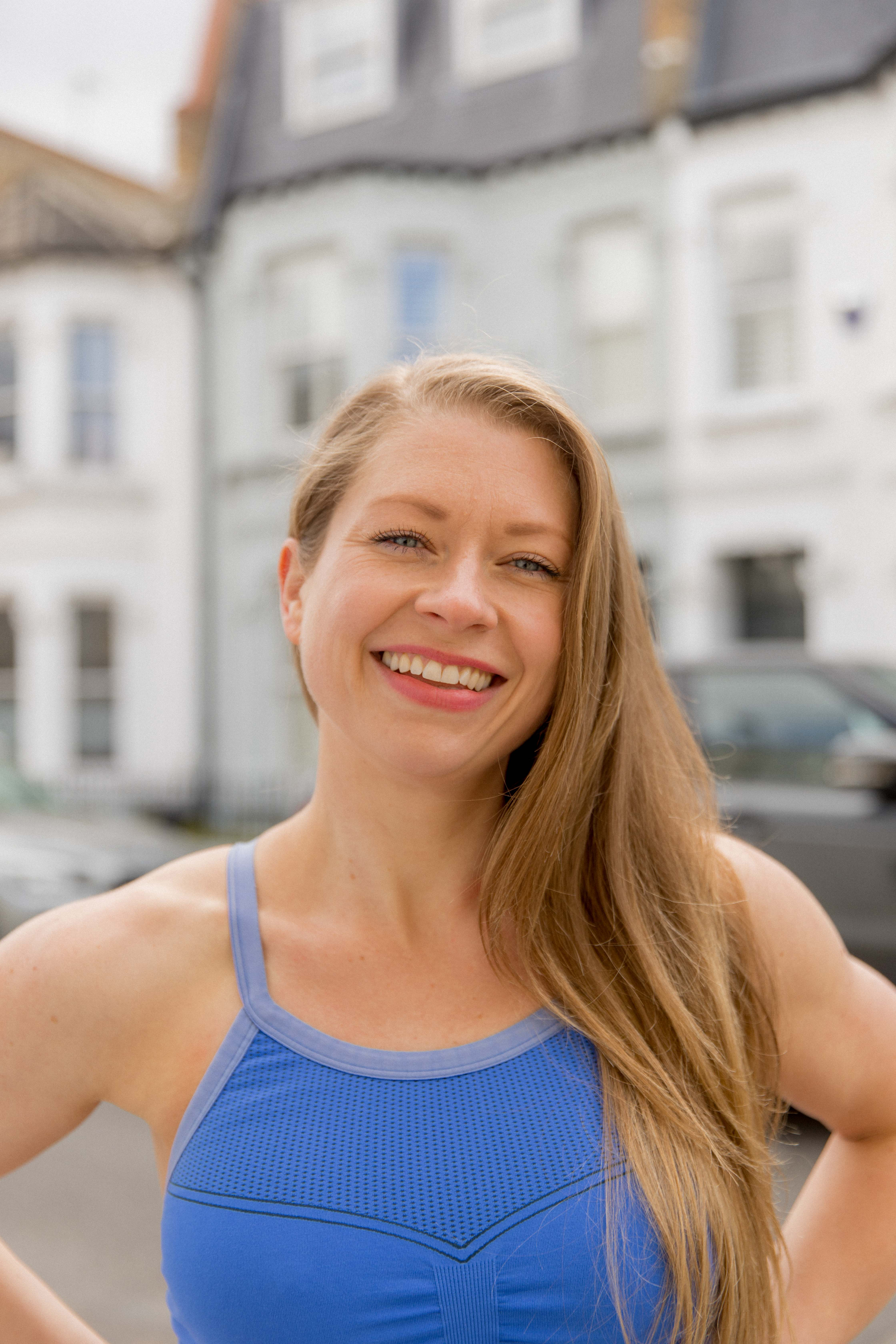
Hollie Grant is the founder of Pilates PT and creator of The Bump Plan. As a Tatler award-winning personal trainer, highly experienced Pilates expert and advanced prenatal specialist, Hollie is passionate about encouraging women to think of their bodies not by dress size, but by its function, performance and capabilities. After training with STOTT and working with over 40,000 women across the globe for 10 years, Hollie now runs a successful fitness brand, including a personal training studio in London, two online memberships (Pilates On Demand and The Bump Plan) and is host of Bun in the Oven podcast. Hollie’s mission is to empower, educate and motivate you to become the fittest and healthiest you can be.

Grace Lillywhite is a women’s health specialist, Pilates teacher and the founder of Centred Mums. Grace provides specialist classes for all mums who want to improve their pelvic floor health – during pregnancy, the postnatal period and way beyond – in St Albans and online. Grace has taught in Pilates studios throughout London and has lectured for the Pilates Foundation on postnatal wellbeing, pelvic floor health and Pilates for Menopause. Grace’s mission is to teach as many women as possible to tune into their bodies and learn to exercise in a way that is nourishing and energising.
Continue reading

From building healthy family relationships to self-care tips for mums and parenting trends - Daniella also covers postnatal workouts and exercises for kids. After gaining a Print Journalism BA Hons degree and NCTJ Diploma in Journalism at Nottingham Trent University, Daniella started writing for Health & Wellbeing and co-hosted the Walk to Wellbeing podcast. She has also written for Stylist, Natural Health, The Sun UK and Fit & Well. In her free time, Daniella loves to travel, try out new fitness classes and cook for family and friends.
